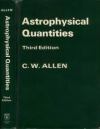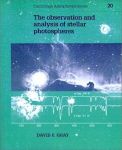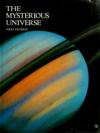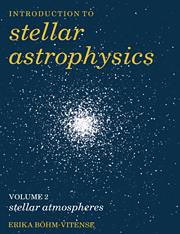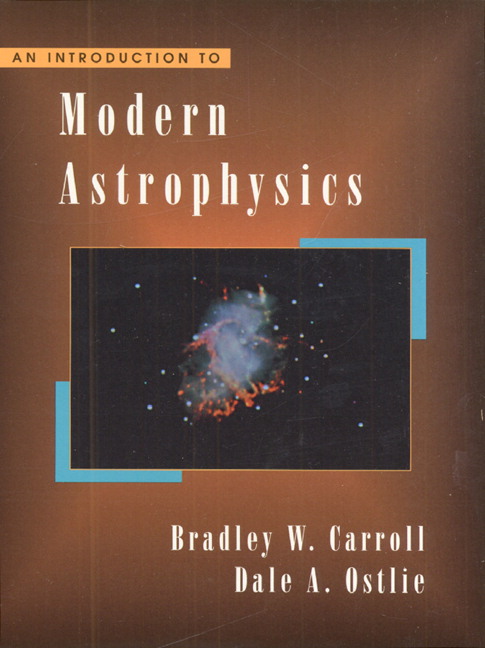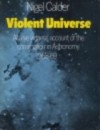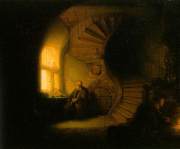
Stellar archaeology is a new term which has come into use to describe the observational recovery of multiple generations of stars using modern computer-generated models. These take into account the complex underlying physics of stellar atmospheres. Globular clusters are excellent laboratories for such studies. Image credit: ESA/Hubble & NASA
IC 4499 is a somewhat special case. Its mass lies somewhere between low-mass globulars, which show a single generation build-up, and the more complex and massive globulars which can contain more than one generation of stars. By studying objects like IC 4499 astronomers can therefore explore how mass affects a cluster’s contents. Astronomers found no sign of multiple generations of stars in IC 4499 — supporting the idea that less massive clusters in general only consist of a single stellar generation.
While IC 4499 is a special case, the abstract of the new paper by Chantereau et al. outlines the general idea that multiple populations of stars are likely to exist in globular clusters, and these multiple generations may be discerned by their differing chemical and dynamical characteristics:
Globular clusters are among the oldest structures in the Universe and they host today low-mass stars and no gas. However, there has been a time when they formed as gaseous objects hosting a large number of short-lived, massive stars. Many details on this early epoch have been depicted recently through unprecedented dissection of low-mass globular cluster stars via spectroscopy and photometry. In particular, multiple populations have been identified, which bear the nucleosynthetic fingerprints of the massive hot stars long disappeared. Here we discuss how massive star archeology can been done through the lens of these multiple populations.
